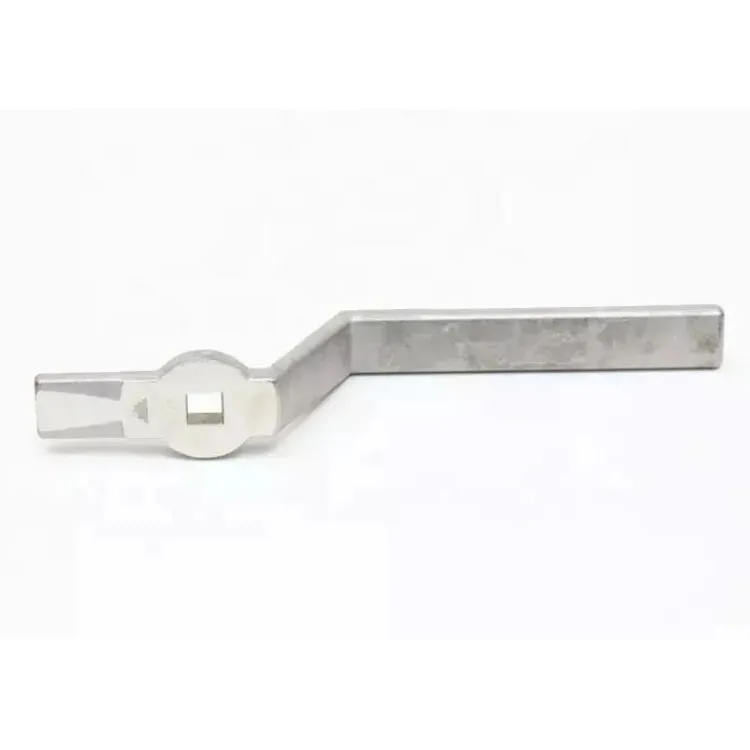What is investment casting, and how does it differ from other casting methods
2024-11-20
What is Investment Casting?
Investment casting, also known as lost-wax casting, is a manufacturing process used to create intricate and detailed metal components. The process begins with a wax model, which is coated in ceramic material to create a mold. Once the ceramic shell hardens, the wax is melted out, leaving a hollow cavity into which molten metal is poured. After the metal cools and solidifies, the ceramic mold is broken away to reveal the final part.
This method is highly valued for its ability to produce components with exceptional precision, fine details, and smooth surface finishes. It is commonly used in industries like aerospace, automotive, and medical equipment manufacturing, where high accuracy and quality are essential.

How Investment Casting Differs from Other Casting Methods
1. Mold Material and Reusability
Investment casting uses ceramic molds that are created specifically for each part and are destroyed after one use. In contrast, methods like die casting use permanent metal molds that can be reused for multiple parts, and sand casting employs molds made of sand, which are also single-use but less durable than ceramic molds.
2. Precision and Detail
Investment casting excels in producing parts with intricate designs and tight tolerances. It can replicate fine details and create thin sections that are difficult to achieve with sand casting or die casting. Sand casting, while versatile, produces rougher surfaces and requires more finishing work, whereas die casting is precise but limited in the complexity of shapes it can produce.
3. Surface Finish
The ceramic molds used in investment casting provide a smooth surface finish, often requiring minimal post-processing. Sand casting results in a rougher texture that typically needs significant finishing, while die casting also delivers smooth surfaces but may not achieve the same level of detail as investment casting.
4. Material Compatibility
Investment casting can work with a wide range of metals, including those with high melting points, such as stainless steel, superalloys, and titanium. Sand casting is also compatible with many materials but struggles with high-temperature alloys. Die casting, on the other hand, is typically restricted to non-ferrous metals like aluminum and zinc.
5. Cost and Production Volume
Investment casting is more expensive than sand casting for large parts or low-complexity designs but becomes economical for small, complex parts where precision is critical. It is most suitable for low to medium production volumes. Die casting, with its reusable molds, is cost-effective for high-volume production but requires significant upfront investment in tooling.
6. Part Size and Applications
Investment casting is best suited for small to medium-sized parts with intricate geometries, such as turbine blades or medical implants. Sand casting is preferred for larger parts, such as engine blocks, due to its scalability. Die casting is ideal for small to medium-sized parts in mass production, such as automotive components or consumer electronics.
Conclusion
Investment casting stands out for its ability to produce precise, complex components with excellent surface finishes. While it may not be as cost-effective for large parts or high-volume production, it is an unmatched choice for applications requiring high detail and accuracy. Understanding its differences from other casting methods can help manufacturers select the most suitable process for their needs.


